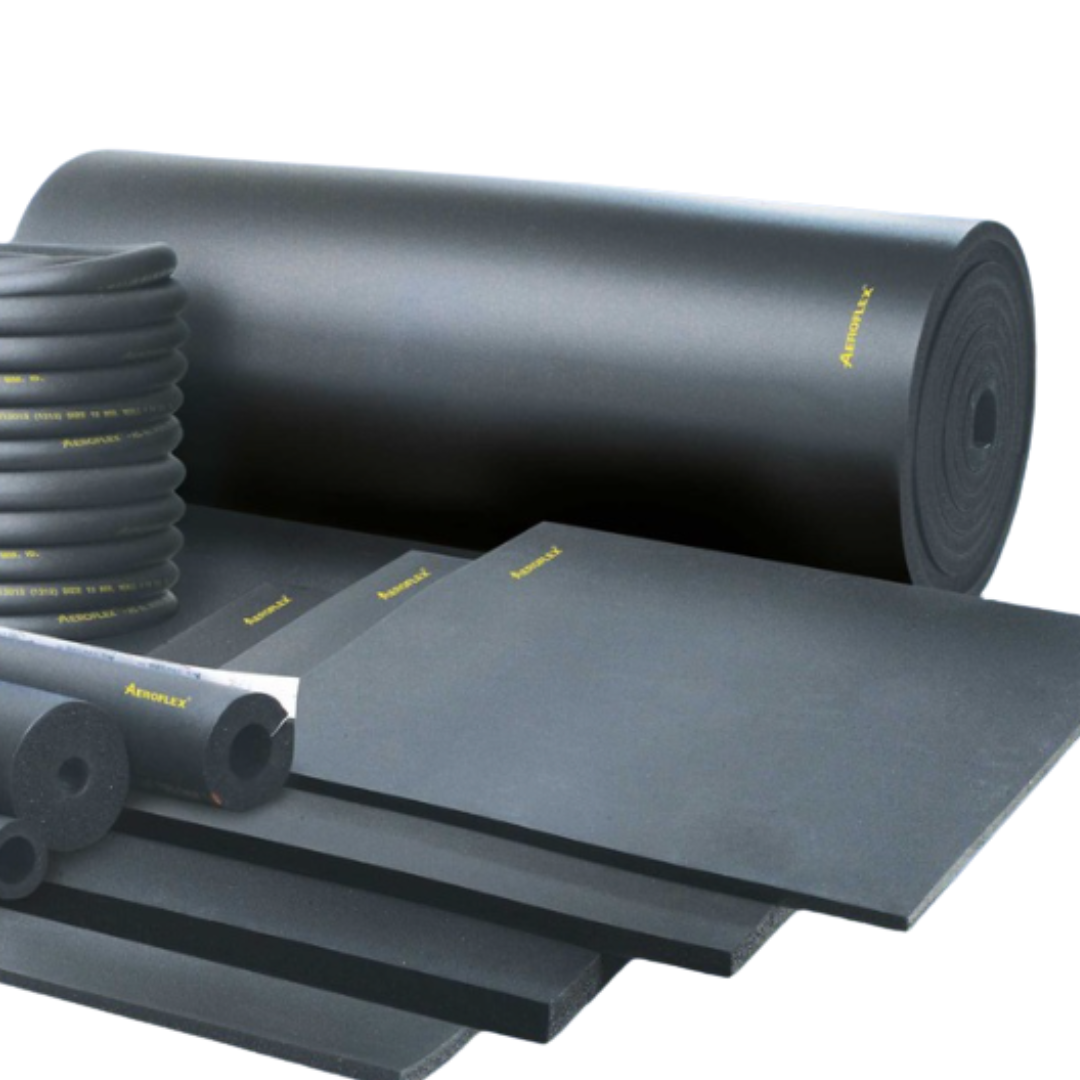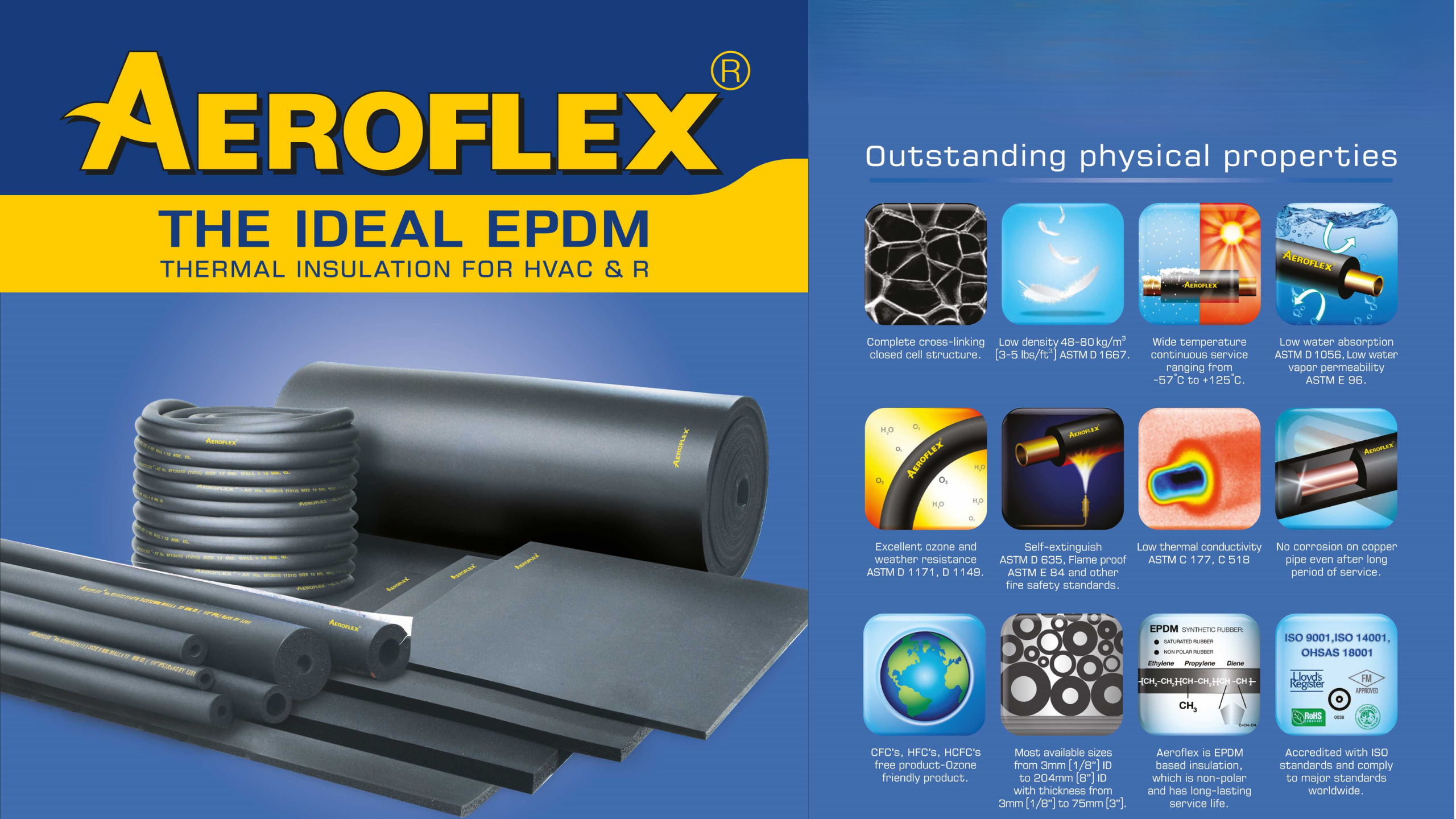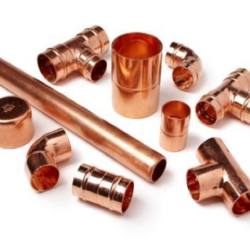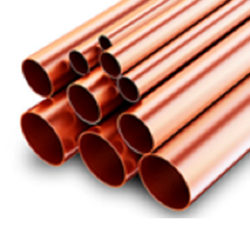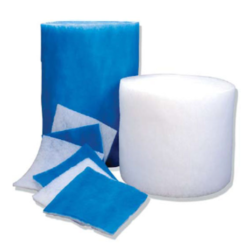Description
AeroFlex EPDM thermal insulation is a flexible, closed-cell elastomeric foam primarily made from Ethylene Propylene Diene Monomer (EPDM) rubber. It is specifically designed for insulating pipes and ductwork in HVAC&R (Heating, Ventilation, Air Conditioning, and Refrigeration) systems.
Here’s a breakdown of its key features and benefits:
Key Features:
- Closed-Cell Structure: This is a crucial feature, providing excellent resistance to water vapour ingress and preventing moisture absorption, which can degrade insulation performance and lead to corrosion or mould growth. It typically eliminates the need for additional vapour barriers.
- EPDM Material: EPDM rubber provides inherent resistance to UV radiation, weathering, and ozone, making it suitable for both indoor and outdoor applications. It also offers a wide temperature range.
- Low Thermal Conductivity (K-value/λ): AeroFlex EPDM insulation exhibits low and stable thermal conductivity, minimising heat loss or gain, thus improving energy efficiency and reducing operational costs. Values typically range from 0.033 to 0.038 W/mK (depending on temperature).
- Flexibility: The flexible nature of the material makes it easy to install around pipes, ducts, and irregular surfaces, ensuring a tight fit and minimising gaps. It can be slit and snapped into place for existing lines.
- Fire Performance: AeroFlex products often meet international fire safety standards, such as ASTM E84, UL 94, and IMO, with ratings like Class V-0 and low flame spread and smoke density. Some halogen-free options are available for specific safety requirements.
- Non-Corrosive: It is non-corrosive to copper and stainless steel, ensuring the longevity of the piping systems.
- Nitrosamine-Free: AeroFlex EPDM insulation is often manufactured to be nitrosamine-free, adhering to health and safety standards.
- Wide Temperature Range: It can typically withstand a broad range of service temperatures, from as low as -57°C (and can remain flexible down to -50°C, with potential use down to -200°C in some cases) up to 125°C for standard grades and even higher (up to 150°C or 175°C for specific high-temperature grades).
- Sound Absorption: While primarily a thermal insulation, the closed-cell structure can also offer some level of sound dampening.


